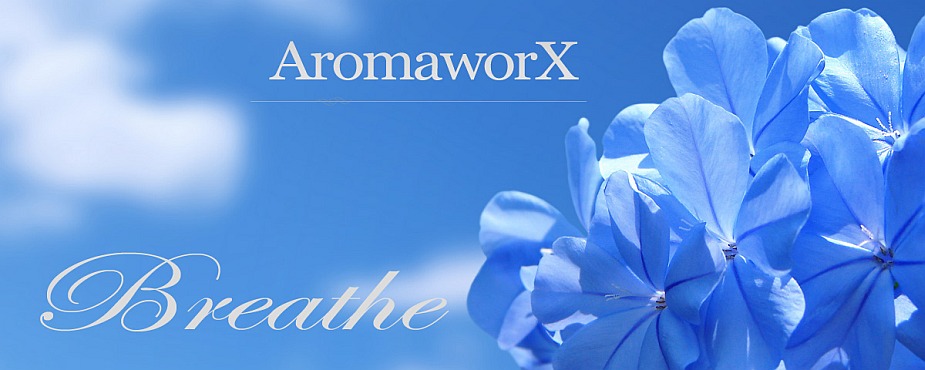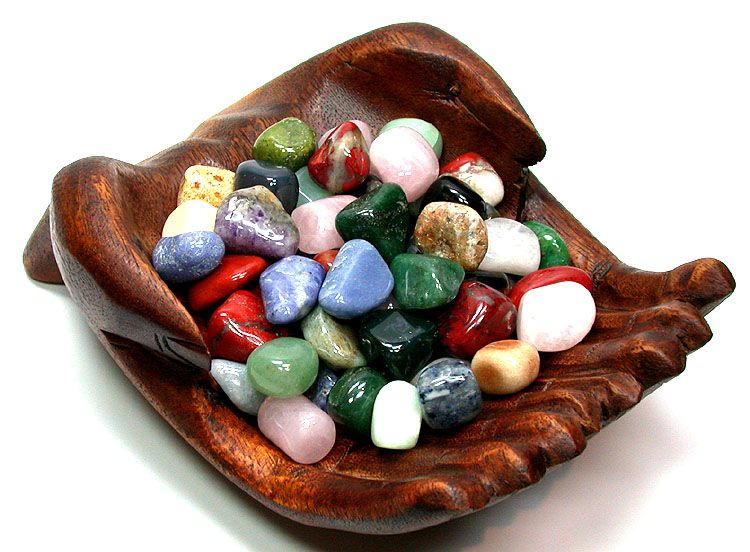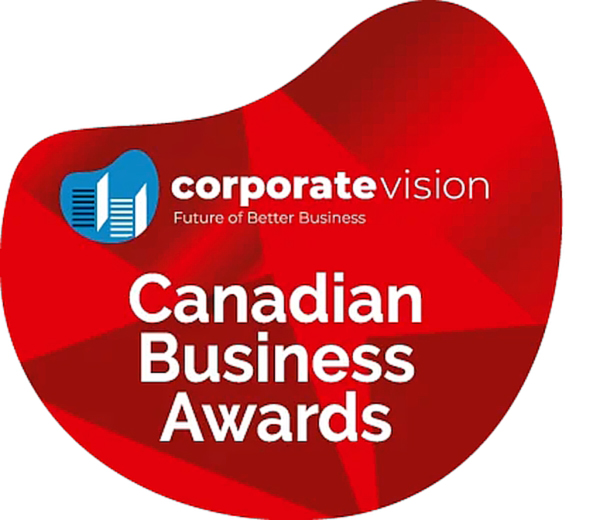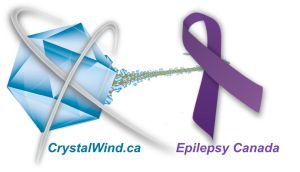Craniosacral Therapy - A Primer
- Details
- Written by AndEl
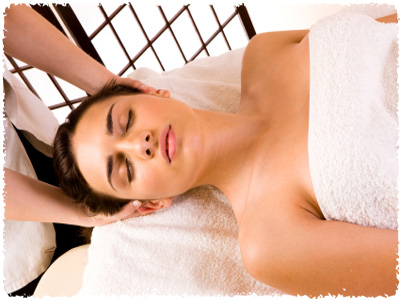
Craniosacral therapy (also called CST, also spelled CranioSacral bodywork or therapy) is an alternative medicine therapy used by osteopaths, massage therapists, naturopaths, chiropractors, and occupational therapists. A craniosacral therapy session involves the therapist placing their hands on the patient, which allows them to tune into what they call the craniosacral rhythm.
The practitioner claims to gently work with the spine and the skull and its cranial sutures, diaphragms, and fascia. In this way, the restrictions of nerve passages are said to be eased, the movement of cerebrospinal fluid through the spinal cord is said to be optimized, and misaligned bones are said to be restored to their proper position. Craniosacral therapists use the therapy to treat mental stress, neck and back pain, migraines, TMJ Syndrome, and for chronic pain conditions such as fibromyalgia.
Several studies have reported that there is little scientific support for the underlying theoretical model for which no properly randomized, blinded, and placebo-controlled outcome studies have ever been published. Also, craniosacral therapy and Cranial Osteopathy are two different professions in both training and practice. Though they are based on the same principles, Craniosacral Therapists are an unlicensed group, not doctors. Cranial Osteopaths are fully licensed doctors of osteopathic medicine (medical physicians), having gone to medical school, passed medical boards and as such have a deeper and broader knowledge of the human body than a Craniosacral Therapist.
History
Cranial Osteopathy was originated by physician William Sutherland, DO (1873-1954) in 1898-1900. While looking at a disarticulated skull, Sutherland was struck by the idea that the cranial sutures of the temporal bones where they meet the parietal bones were "beveled, like the gills of a fish, indicating articular mobility for a respiratory mechanism."The idea that the bones of the skull can move in this manner is contrary to anatomical facts.
Sutherland stated the dural membranes act as 'guy-wires' for the movement of the cranial bones, holding tension for the opposite motion. He used the term reciprocal tension membrane system (RTM) to describe the three Cartesian axes held in reciprocal tension, or tensegrity, creating the cyclic movement of inhalation and exhalation of the cranium. The RTM as described by Sutherland includes the spinal dura, with an attachment to the sacrum. After his observation of the cranial mechanism, Sutherland stated that the sacrum moves synchronously with the cranial bones. Sutherland began to teach this work to other osteopaths from about the 1930s, and continued to do so until his death. His work was at first largely rejected by the mainstream osteopathic profession as it challenged some of the closely held beliefs among practitioners of the time.
In the 1940s the American School of Osteopathy started a post-graduate course called 'Osteopathy in the Cranial Field' directed by Sutherland, and was followed by other schools. This new branch of practice became known as "cranial osteopathy". As knowledge of this form of treatment began to spread, Sutherland trained more teachers to meet the demand, notably Drs Viola Frymann, Edna Lay, Howard Lippincott, Anne Wales, Chester Handy and Rollin Becker.
The Cranial Academy was established in the US in 1947, and continues to teach DOs, MDs, and Dentists "an expansion of the general principles of osteopathy" including a special understanding of the central nervous system and primary respiration.
Towards the end of his life Sutherland believed that he began to sense a "power" which generated corrections from inside his clients' bodies without the influence of external forces applied by him as the therapist. Similar to Qi and Prana, this contact with, what he perceived to be the Breath of Life changed his entire treatment focus to one of spiritual reverence and subtle touch. This spiritual approach to the work has come to be known as both 'biodynamic' craniosacral therapy and 'biodynamic' osteopathy, and has had further contributions from practitioners such as Becker and James Jealous (biodynamic osteopathy), and Franklyn Sills (biodynamic craniosacral therapy). The biodynamic approach recognizes that embryological forces direct the embryonic cells to create the shape of the body, and places importance on recognition of these formative patterns for maximum therapeutic benefit, as this enhances the ability of the patient to access their health as an expression of the original intention of their existence.
From 1975 to 1983, osteopathic physician John E. Upledger and neurophysiologist and histologist Ernest W. Retzlaff worked at Michigan State University as clinical researchers and professors. They set up a team of anatomists, physiologists, biophysicists, and bioengineers to investigate the pulse he had observed and study further Sutherland's theory of cranial bone movement. Upledger and Retzlaff went on to publish their results, which they interpreted as support for both the concept of cranial bone movement and the concept of a cranial rhythm. Later reviews of these studies have concluded that their research is of insufficient quality to provide conclusive proof for the effectiveness of craniosacral therapy and the existence of cranial bone movement.
Upledger developed his own treatment style, and when he started to teach his work to a group of students who were not osteopaths he generated the term 'CranioSacral therapy', based on the corresponding movement between cranium and sacrum. Craniosacral therapists often (although not exclusively) work more directly with the emotional and psychological aspects of the patient than osteopaths working in the cranial field.
Craniosacral Therapy Associations have been formed in the UK, North America, and Australia.
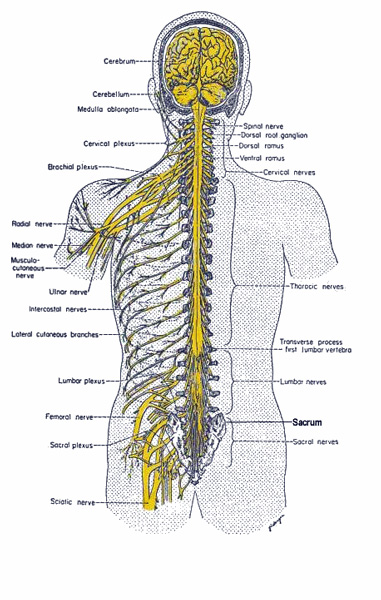 The Primary Respiratory Mechanism
The Primary Respiratory Mechanism
The Primary Respiratory Mechanism (PRM) has been summarized in five ideas.
Inherent motility of the central nervous system
Still described the inherent motion of the brain as a "dynamo," beginning with the cerebellum. The postulated intracranial fluid fluctuation can be described as an interaction between four main components: arterial blood, capillary blood (brain volume), venous blood and cerebrospinal fluid (CSF). The function of such a mechanism is postulated by Lee as being based on a fulcrum created by the root of the cerebellum and its hemispheres moving in opposite directions, resulting in an increase in pressure which squeezes the third ventricle. The pulsation is described as essentially a recurrent expression of the embryological development of the brain. CranioSacral Therapy(CST) has been proved to be one of the helpful alternative therapy for autistic children.
Fluctuation of the cerebrospinal fluid
Sutherland used the term "Tide" to describe the inherent fluctuation of fluids in the Primary Respiratory Mechanism. Tide alludes to the concept of ebbing and flowing, but also the contrast between waves on the shore having one rhythm, with the longer rate of lunar tides below. The Tide incorporates not only fluctuation of the CSF, but of a slow oscillation in all the tissues of the body, including the skull.
Practitioners work with cycles of various rates:
* 10-14 cycles per minute - the original "Cranial Rhythmic Impulse" (CRI) (also described as 6-14 times per minute)
* 2-3 cycles per minute - the "mid-Tide"
* 6 cycles every 10 minutes - the "long Tide"
There is sufficient scientific evidence to conclude that fluctuations in cerebrospinal fluid do exist. In a previously cited article by the British Columbia office of health and technology states, "Eleven studies reported primary data on the motion of cerebrospinal fluid (O'Connell'43; Du Boulay et al.'72;Cardoso et al.'83;Takizawa et al.'83;Avezaat & van Eijndhoven '86;Enzmann et al.'86;Feindberg and mark '87;Ursino'88 1&2;Zabolotny et al. '95;Li et al.'96.) None of these studies was undertaken to contribute to the knowledge of craniosacral therapy. Rather, this set of studies represents research carried out to provide neurosurgeons with data on the pathophysiologic mechanisms pertaining to CSF motion for diagnosis, treatment and monitoring of brain injury and other neurological disorders." "Most of the studies were undertaken in subjects with neurological disorders, or in small populations that are poorly described. The flow patterns observed, therefore, may not be representative of individuals undergoing craniosacral therapy." "The retrieved studies verify that CSF movement and pulsation is a clearly observable phenomena measurable by encephalogram, mylogram, magnetic resonance imaging and intracranial and intraspinal pressure monitoring. Furthermore, the research evidence supports the contention there is a cranial "pulse" or "rhythm" distinct from cardiac or respiratory activity. However, changes in CSF due primarily to brain injury are not linked to health outcomes."
In 1960 Lundberg made a continuous recording of intracranial activities of traumatized patients, finding three waves, one of which Lee believes resembles the CRI.
There is research which demonstrates examiners are unable to measure craniosacral motion reliably, as indicated by a lack of interrater agreement among examiners. The authors of this research conclude this "measurement error may be sufficiently large to render many clinical decisions potentially erroneous". Alternative medicine practitioners have interpreted this result as a product of entrainment between patient and practitioner, a principle which lacks scientific support. Another study reports craniosacral motion cannot be reliably palpated.
Mobility of the intracranial and intraspinal dural membranes
In 1970, Upledger observed during a surgical procedure on the neck what he described as a slow pulsating movement within the spinal meninges. He attempted to hold the membrane still and found that he could not due to the strength of the action behind the movement.
It has been theorized that during craniosacral treatment the membranes act as a fulcrum for fascial restrictions throughout the body, and craniosacral therapists may perceive a change in quality as a result of disturbance such as infection or allergic irritation.
Mobility of the cranial bones
Cranial sutures are almost immobile after fusion, inhibiting movement between cranial bones. According to Lee (2005), this understanding arose in the mid-1900s and was misinterpreted from the work of authors hoping to correlate suture closure with the chronological age of a skull in archaeological specimens. Lee suggests the authors found there was no correlation between suture closure and the chronological age of the individual, and also most skulls demonstrated no suture closure at all except as structural evidence of pathological physical trauma. Lee cites many references giving evidence for mobility in human skulls, and modern anatomy books suggest incomplete fusion of some sutures. According to Gray's Anatomy, "[w]hen such sutures are tied by sutural ligament and periosteum, almost complete immobility results."
Cranial textbooks propose that motion of the skull is possible during flexion and extension because the sutures are mobile. The sphenobasilar synchondrosis (SBS) - the junction between the base of the sphenoid and the occiput- is thought to fuse by the mid- to late twenties, but still retain limited mobility . An alternative theory to SBS Motion taught in craniosacral training suggests that sutures are "lines of folding", like pre-folded marks on cardboard, rather than necessarily being fully open.
Craniosacral treatment
A typical craniosacral therapy session is performed with the client fully clothed, in a supine position, and usually lasts about one hour. In the Upledger method of craniosacral therapy, a ten-step protocol serves as a general guideline, which includes (1) analyzing the base (existing) cranial rhythm, (2) creating a still point in that rhythm at the base of the skull, (3) rocking the sacrum, (4) lengthening the spine in the lumbar-sacral region, (5) addressing the pelvic, respiratory and thoracic diaphragms, (6) releasing the hyoid bone in the throat, and (7-10) addressing each one of the cranial bones. The practitioner may use discretion in using which steps are suitable for each client, and may or may not follow them in sequential order, with time restraints and the extent of trauma being factors.
The therapist places their hands lightly on the patient's body, tuning in to the patient by ‘listening’ with their hands or, in Sutherland's words, "with thinking fingers". A practitioner's feeling of being in tune with a patient is described as entrainment. Patients often report a sense of deep relaxation during and after the treatment session, and may feel light-headed. This is popularly associated with increases in endorphins, but research shows the effects may actually be brought about by the endocannabinoid system.
There are few reports of Adverse side effects from CST treatment. In one study of craniosacral manipulation in patients with traumatic brain syndrome, the incidence of adverse effects from treatment was 5%.
Source: Wiki
Liked this article? Dive deeper into personal growth and wellness! Check out CrystalWind.ca for spiritual wisdom or explore AromaWorx.ca for natural well-being tips. Spread the positivity—share this with friends on their happiness journey!
Let’s Chat! Drop Your Thoughts Below! ![]()
Disclaimer Health
All post and information provided within this blog is for educational and informational purposes only, and is not to be construed as medical advice or instruction. No action should be taken solely on the contents of this website. Please consult with your healthcare professional before making any dietary or lifestyle changes or taking supplements that may interfere with medications. Any products or information discussed are not intended to diagnose, prevent, treat or cure any illness, disease or lifestyle. Please consult your physician or a qualified health professional on any matters regarding your health and wellbeing or on any opinions expressed within this website.
Latest Articles

Imagine a world of inspiration and healing, free for all—made possible by YOU!
Donate Now—Ignite the Magic at CrystalWind.ca!
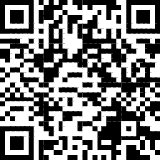
Epilepsy - Finding A Cure
Your donation can make a difference!
Help us find a cure – donate now!
Unlock Your Light: Join Lightworkers Worldwide on CrystalWind.ca!
Healing Path: CranioSacral Therapy
Follow Us!
Featured This Month
Watermelon Tourmaline
Synonym: Rainbow Tourmaline The watermelon tourmaline is a rare variety t... Read more
Peridot: The Healer's Stone
Peridot has been used as a Power Stone for centuries. Peridot fosters emotio... Read more
Sweet Violet
Sweet Violet Faithfulness and modesty. “I will always be true to you.” Helps... Read more
The Vine: September 2nd - September 29th
The Autumnal Equinox ( Alban Elfed ) Celtic Symbol : The White Swan Read more
Sun in Virgo
An Overview of Sun Sign Characteristics for Virgo Virgo is guided by Mercur... Read more
Mabon in Modern Times: Fresh Takes on the Au…
The Mabon season begins somewhere around the 21st-22nd of September and cont... Read more
Virgo Mythology
The Virgo Myth In all of constellation mythology, few legends are as misund... Read more
Mabon Magic: Ideas For Fall Decoration And R…
Welcome (almost!) to Fall! We’re turning the Great Wheel once again, toward ... Read more
Crystals for Virgo
As the warmth of summer begins to soften into the crispness of autumn, the Sun... Read more


